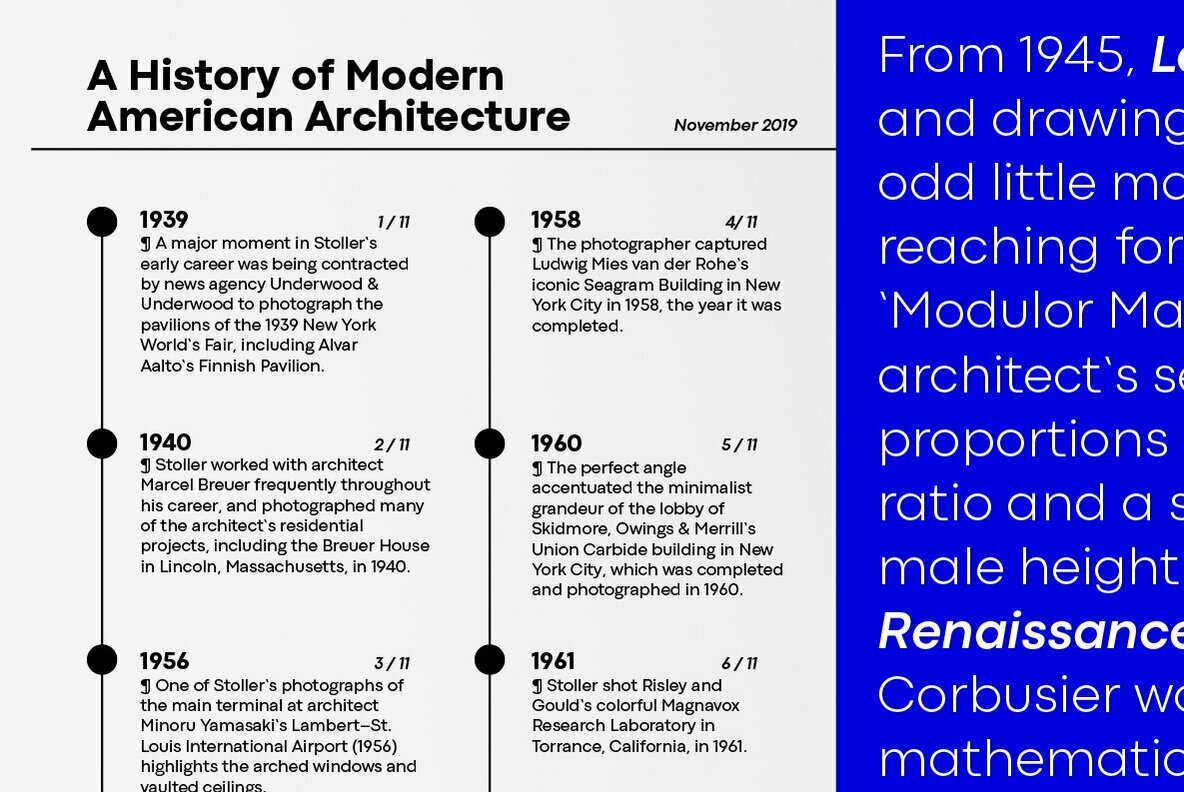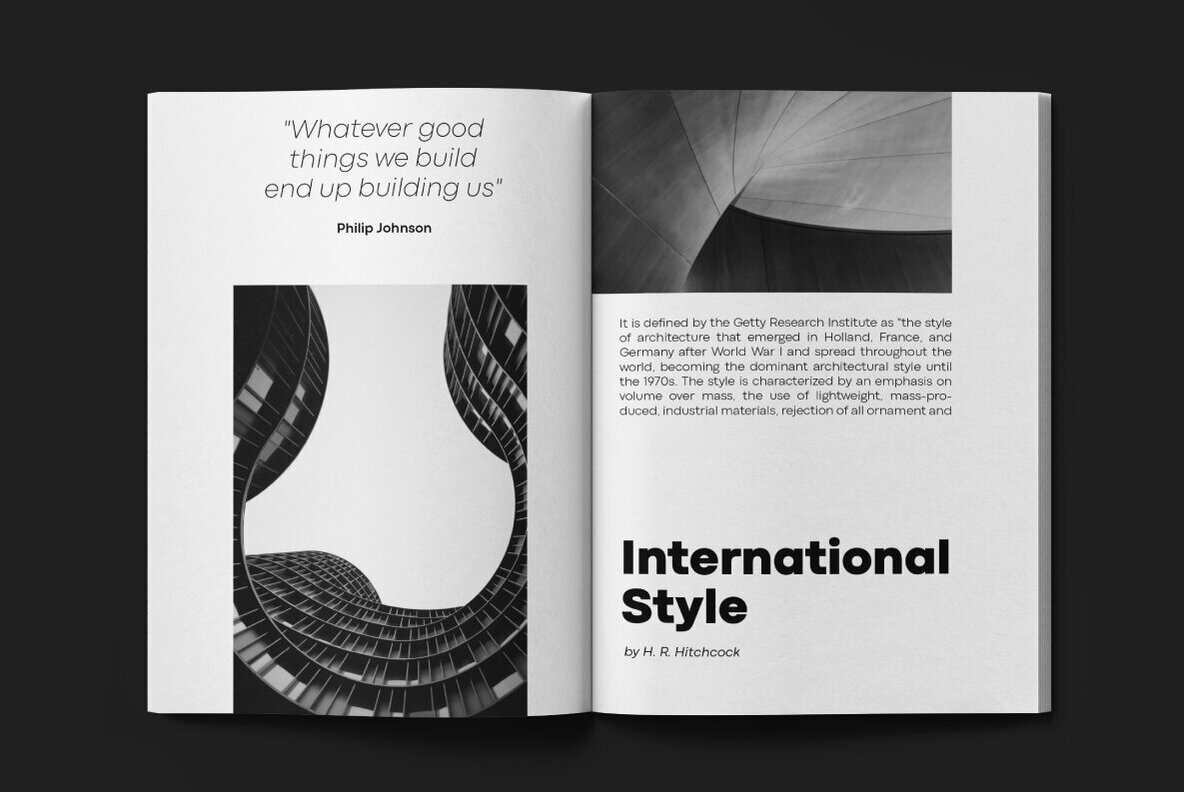Say hello to the new img.oneteneleven site.
The site was setup due to the forthcoming closure of Small Victories. oneteneleven.smvi.co. This site was based on dropbox and was used to dump images & gifs to create quick portfolio updates.
The new img.oneteneleven site is an expansion of this, containing a simple repository of images, animations & creative output.
It will be used mainly to showcase unused creative work, experiments, 3D render tests or projects that don’t make it to studio.oneteneleven.com.
Built upon Grav CMS with a custom theme setup by OneTenEleven. The theme is developed around Bulma, a free open source CSS framework. Bulma coupled with Grav are a pleasure to work with and the site was up and running in just a few days.
Galleries are not quite as quick to setup as with Dropbox, however the Grav Shortcode Gallery++ Plugin makes things simple.
There are still some tweaks and refinements to make, and images will be updated from time to time. Keep an eye on the blog for updates.
Any feedback welcome!














































